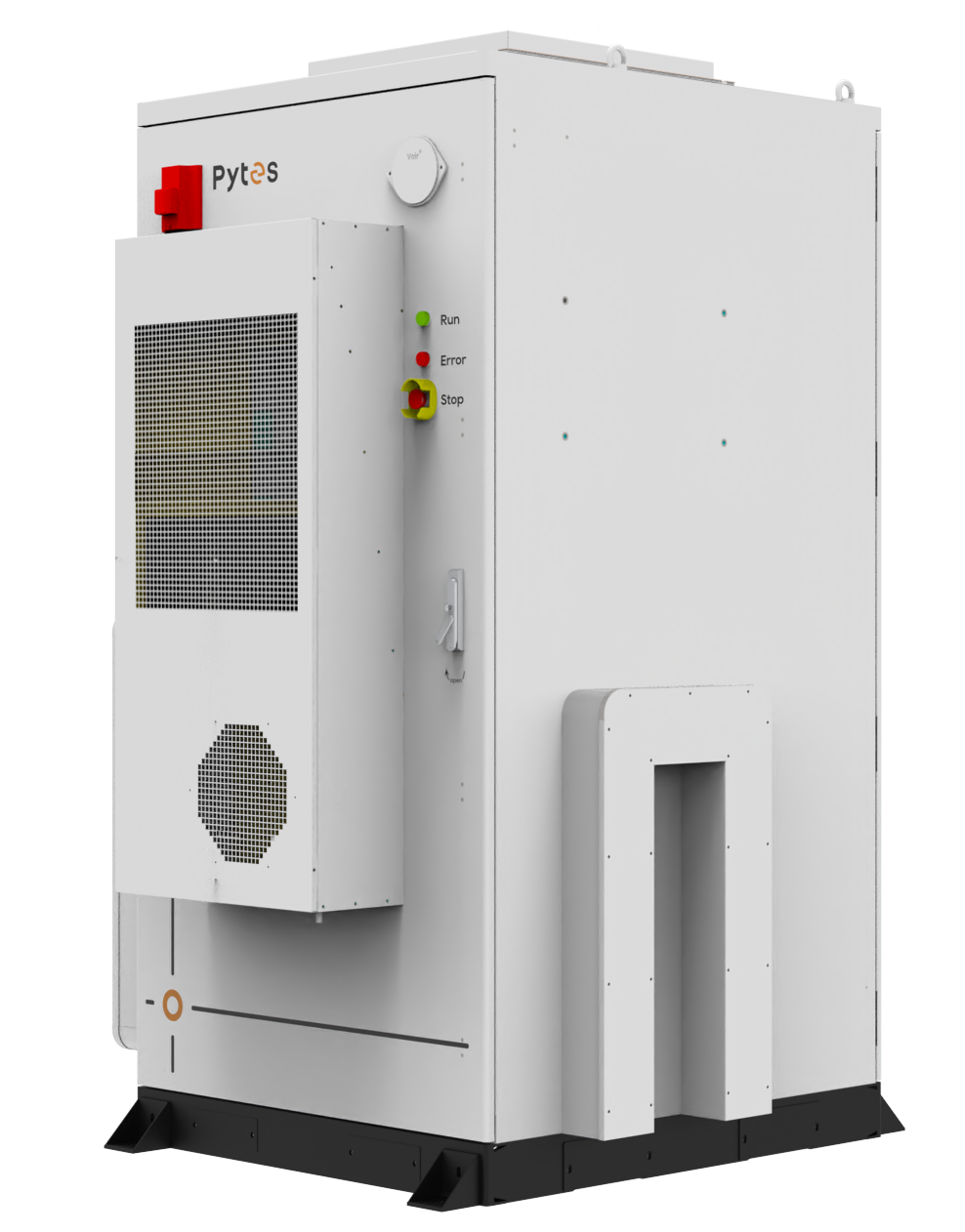
Industrial energy storage batteries are increasingly becoming a cornerstone of modern energy management, enabling industries to optimize electricity usage, reduce operational costs, and enhance reliability. Among these, the Pytes HV48300 High-Voltage Industrial Energy Storage Battery stands out as a versatile solution tailored for a variety of sectors. While the core technology remains consistent, the application of industrial energy storage varies significantly across industries such as manufacturing, data centers, logistics, and public facilities.

In manufacturing environments, energy demand is often high and fluctuating due to continuous machine operation. Industrial energy storage batteries like the Pytes HV48300 provide critical support by peak shaving, load leveling, and serving as a backup power source during grid instability. The system’s modular design and high energy density allow factories to maintain consistent production without interruption, while also optimizing energy costs during peak pricing periods. The robust thermal management and IP55-rated enclosure ensure reliable operation even in harsh industrial conditions.
Data centers require uninterrupted power supply to ensure server reliability and avoid costly downtime. Here, industrial energy storage batteries are used primarily for backup power and frequency regulation, complementing traditional UPS systems. The Pytes HV48300 offers advanced Battery Management System (BMS) monitoring and remote cloud management, allowing operators to precisely track performance, anticipate maintenance needs, and reduce operational risks. Fast response time and high cycle life are critical in these facilities where even seconds of power loss can be costly.
Logistics centers and warehouses experience variable energy demands depending on seasonal or operational factors. Industrial batteries support these facilities by reducing energy peaks, enabling off-grid operation during emergencies, and integrating with solar PV systems to enhance energy self-sufficiency. This "solar-plus-storage" approach effectively powers lighting, refrigeration, and automated systems while delivering substantial economic benefits through reduced electricity purchases and optimized energy utilization. The modular scalability of the Pytes HV48300 allows warehouses to expand energy storage as operational needs grow, while ensuring safe and stable performance in spaces that may have fluctuating environmental conditions.
Public facilities such as hospitals, schools, and government buildings have a dual requirement of energy efficiency and reliability. Industrial energy storage batteries here act as emergency backup power, while also supporting energy cost reduction strategies through peak shaving and grid demand management. Critically, they provide vital protection against grid-side voltage sags and surges, safeguarding sensitive equipment—from medical imaging devices to laboratory instruments—from potential damage. The Pytes HV48300’s integrated safety features, including four-layer active fire suppression and comprehensive monitoring, make it ideal for public spaces where safety and compliance are paramount.
While the core technology behind industrial energy storage batteries remains consistent, the operational priorities and integration strategies differ across sectors. Manufacturers prioritize peak shaving and load leveling, data centers emphasize uninterrupted power, logistics focus on scalable and flexible storage, and public facilities value safety and reliability. The Pytes HV48300 offers a versatile, high-performance solution adaptable to each of these industry-specific needs, making it a leading choice for industrial-scale energy storage applications.